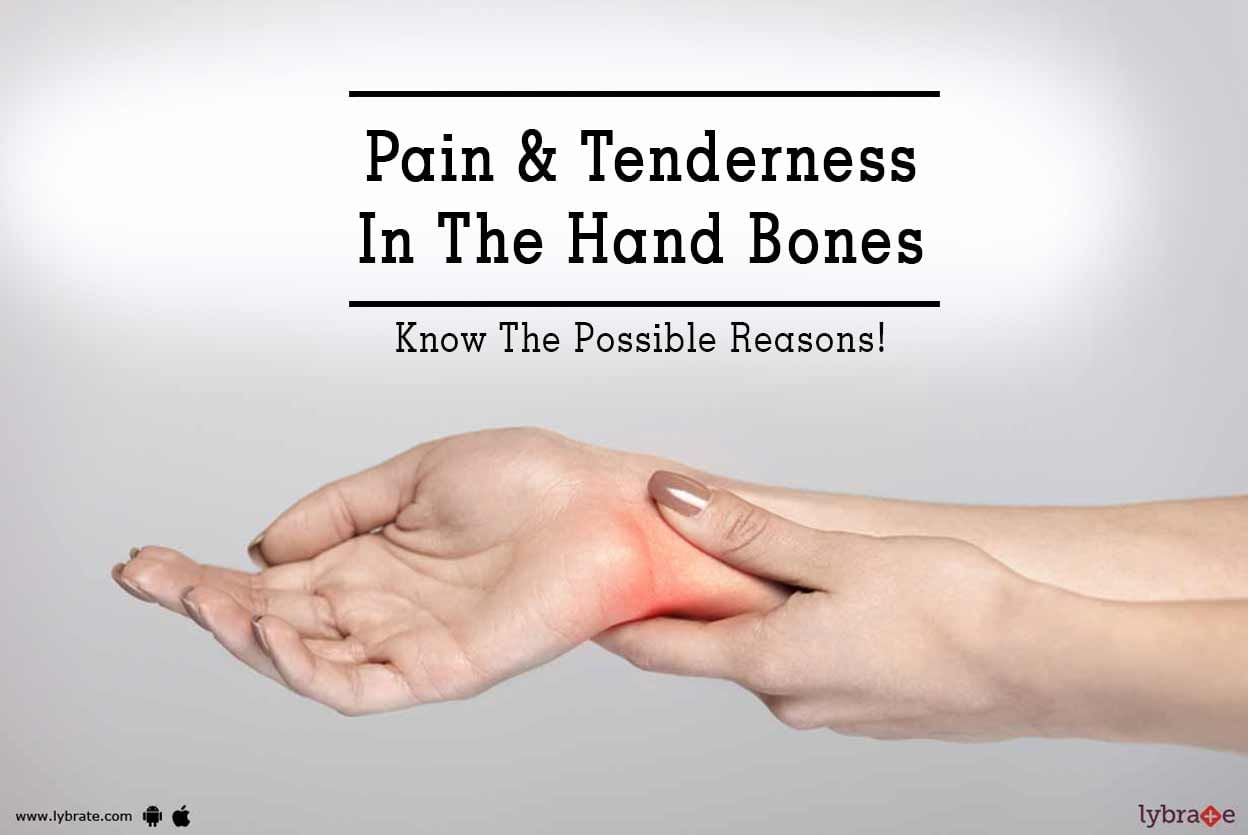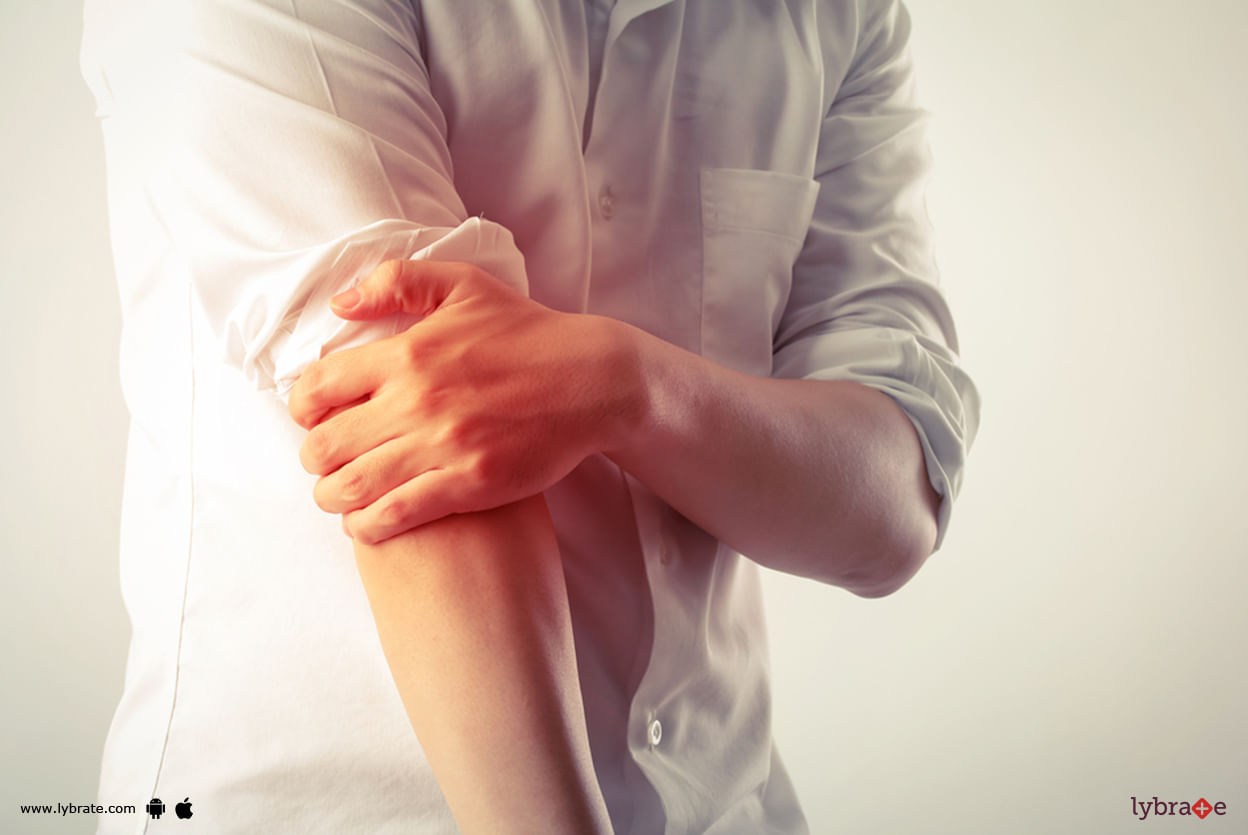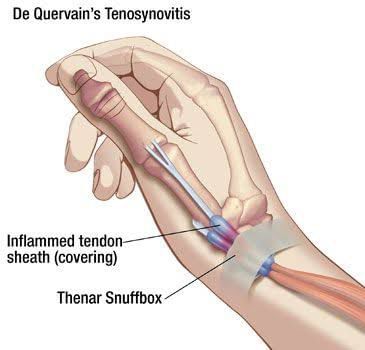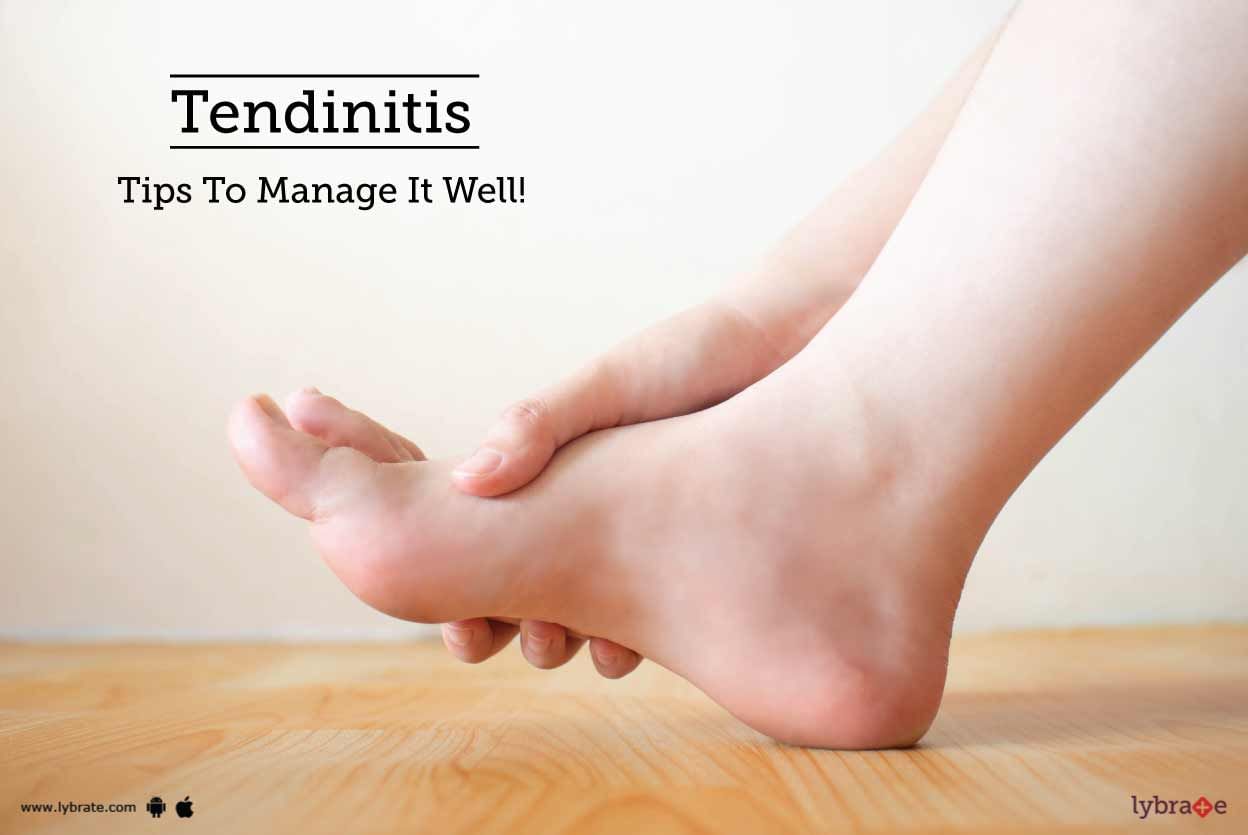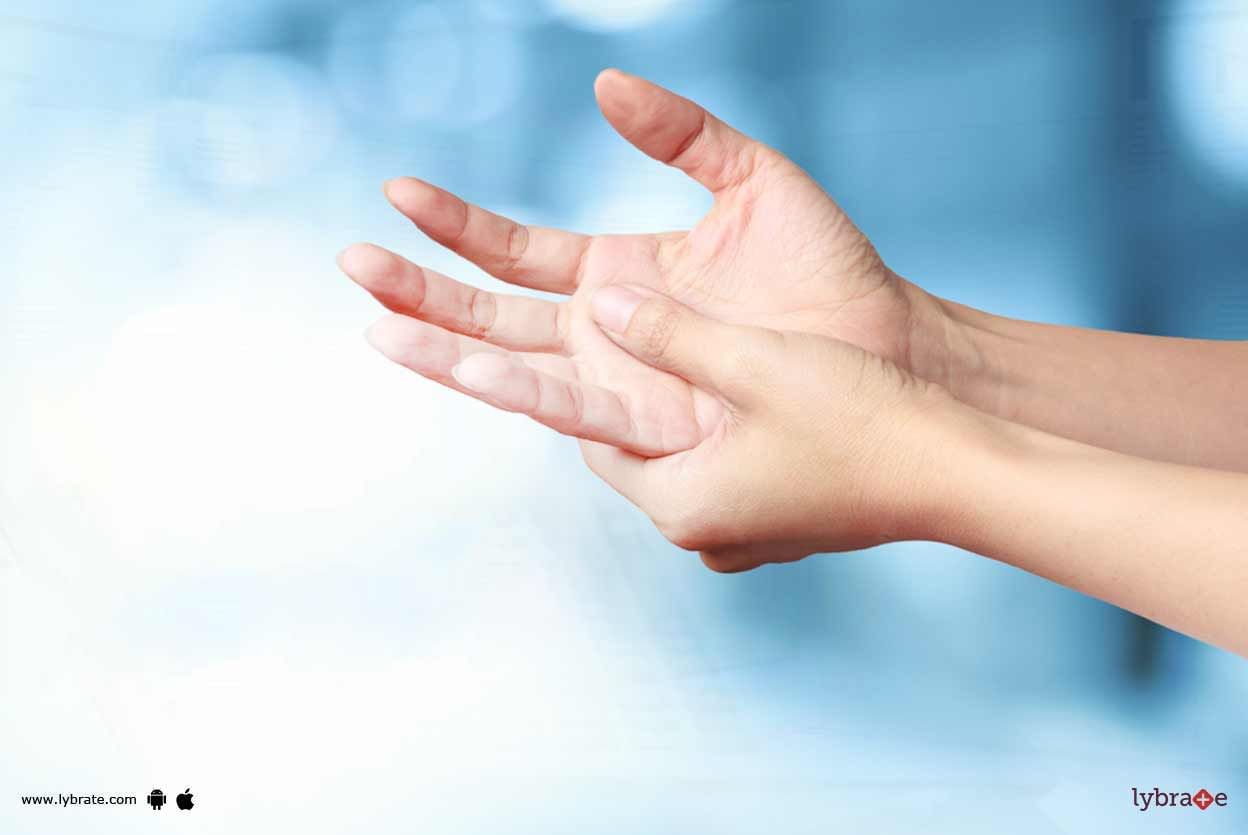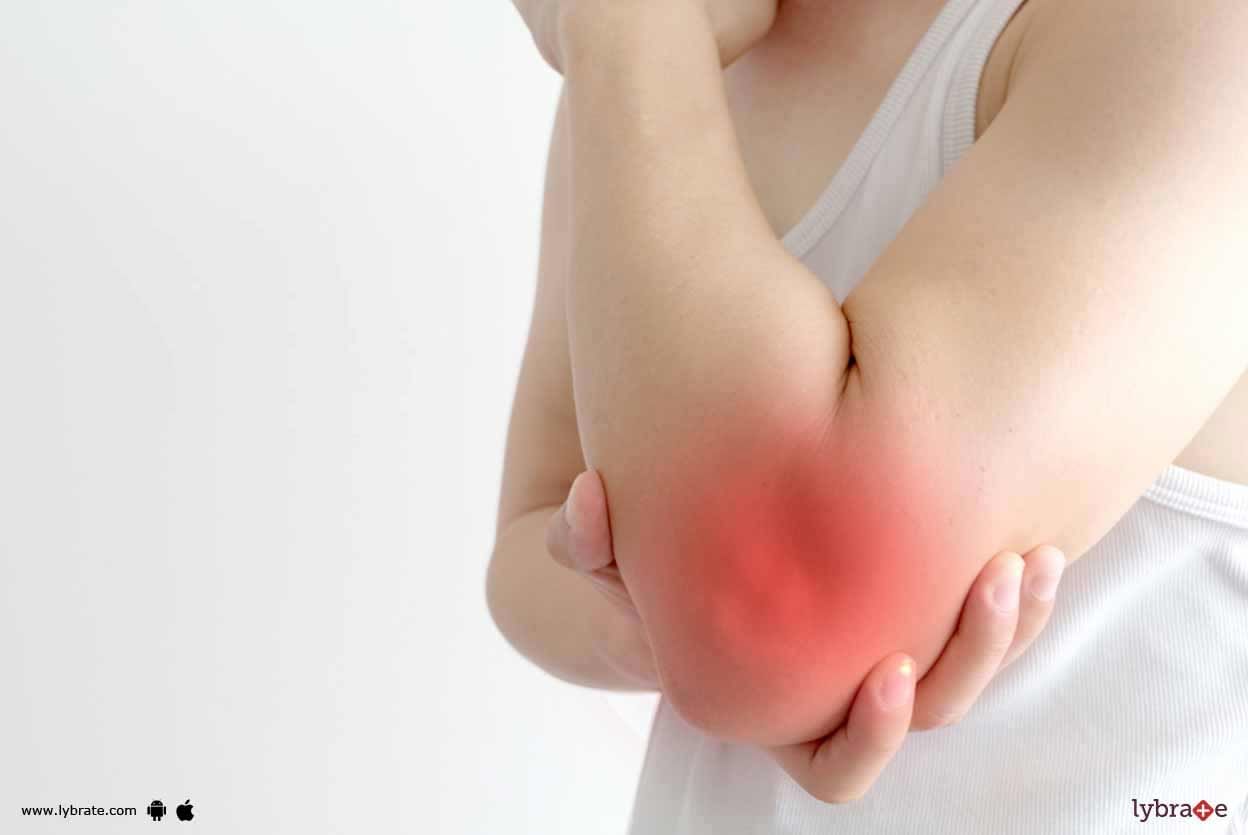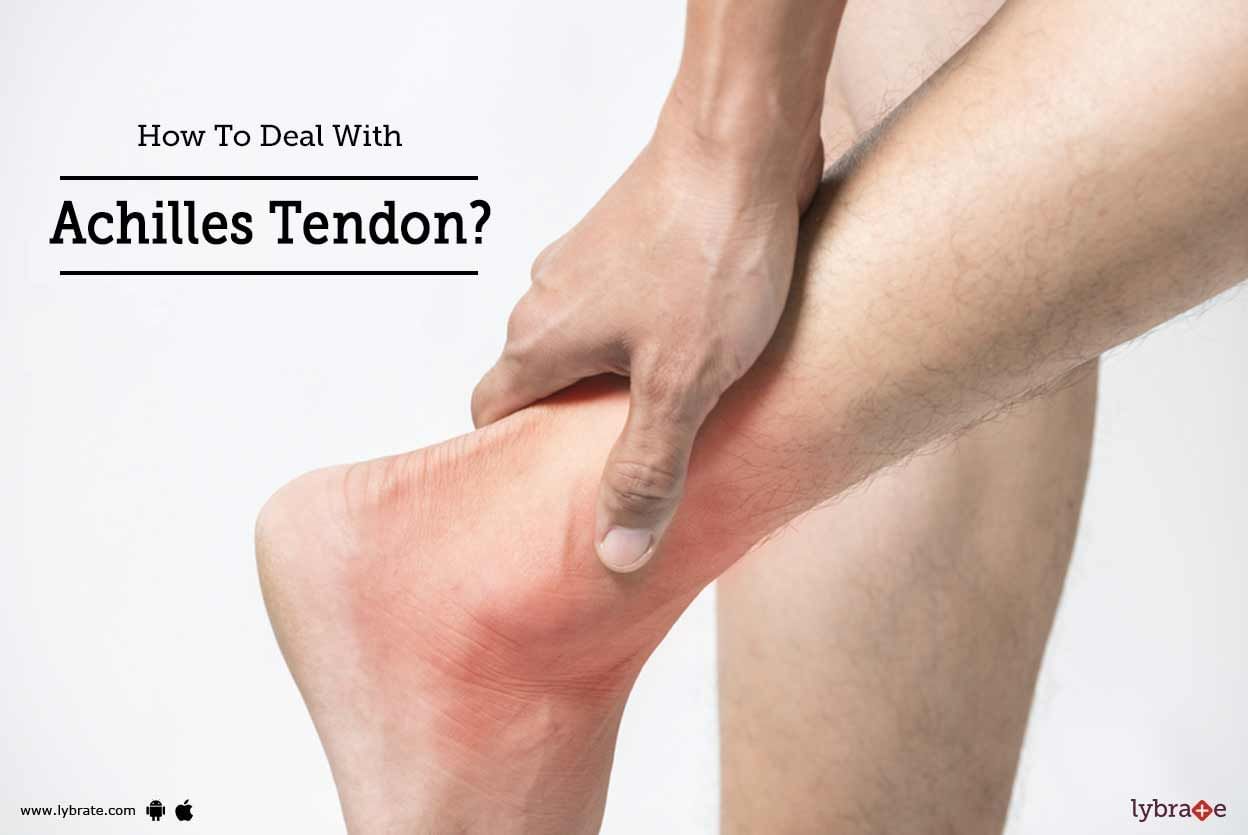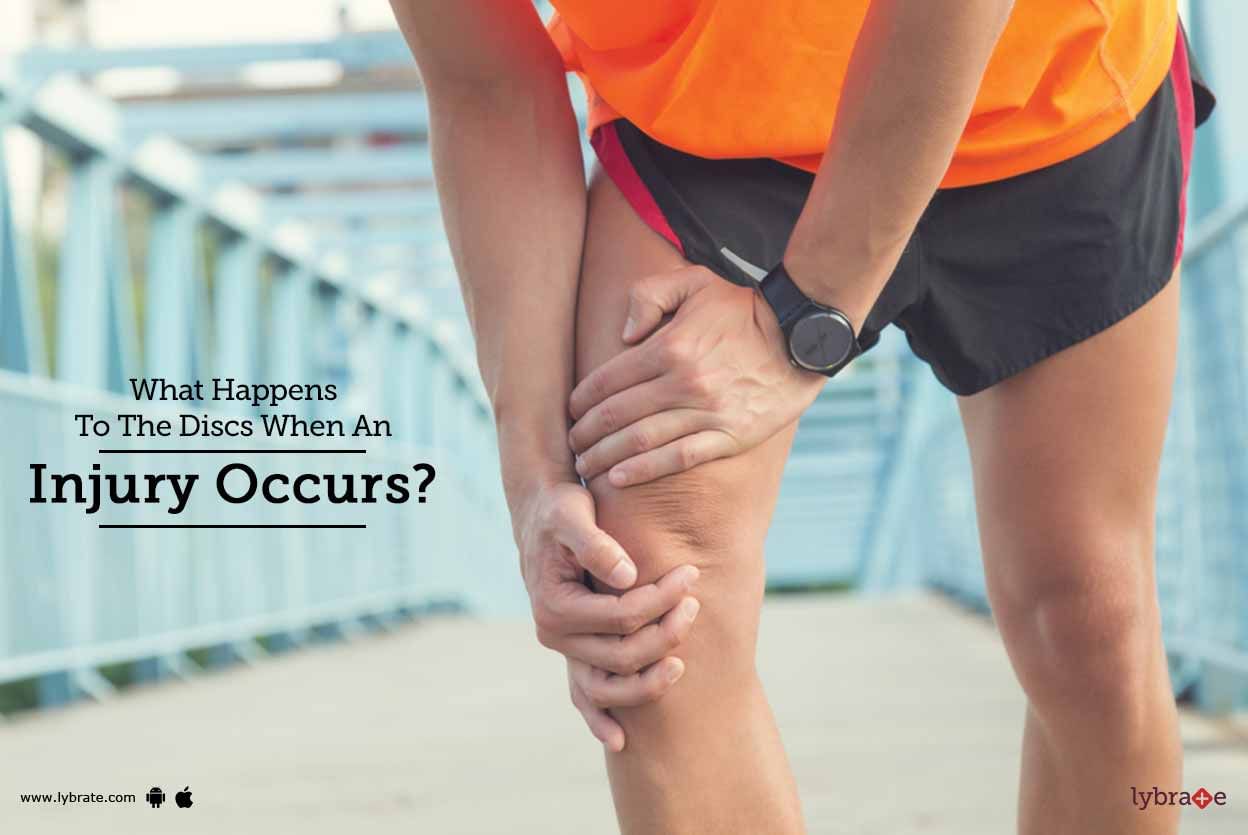Get the App
For Doctors
Login/Sign-up
Health Feed
Find Doctors
Health Packages
AllQ&AsTipsQuizzes
Tendonitis Tips
Last Updated: 5 years ago• Featured Tip
Share
Bookmark
Report
Bachelor of Ayurveda, Medicine and Surge...read more
Ayurvedic Doctor•Lakhimpur Kheri
Organ donation is a process in which you donate your organs that will be given to a person who is in need. Most common organs that are donated are the heart, liver, kidneys and pancreas.
Many organs and tissues can be donated by living donors such as part of the kidney and liver. However, most donations occur after the donor has passed away.
Why is organ donation important?
According to numbers, almost 5 lakh people lose their lives every year due to the unavailability...more
Many organs and tissues can be donated by living donors such as part of the kidney and liver. However, most donations occur after the donor has passed away.
Why is organ donation important?
According to numbers, almost 5 lakh people lose their lives every year due to the unavailability...more
6 people found this helpful
Last Updated: 5 years ago• Featured Tip
Share
Bookmark
Report
Are you experiencing pain and tenderness in your hand bones? Hand pain can occur due to several causes that may include diseases and injuries. Most of the causes of pain in the hand bones are treatable, and the symptoms can be eased. The most common conditions that cause pain and tenderness in your hand bones include the following:
De Quervain s tendinitis
This condition causes pain on your wrist on the side of your thumb. The pain develops gradually or suddenly and may travel ...more
De Quervain s tendinitis
This condition causes pain on your wrist on the side of your thumb. The pain develops gradually or suddenly and may travel ...more
Last Updated: 6 years ago• Featured Tip
Share
Bookmark
Report
MBBS Bachelor of Medicine and Bachelor o...read more
Orthopedic Doctor•Bhubaneswar
Human body moves in an agile manner because of the wonderful coordination between the muscles and bones. The bones are connected to the muscles by what are known as tendons. These are fibrous, thinner than bones, but thicker than muscles and enable movement.
However, due to overuse, trauma, or inflammation, these tendons can be affected. Symptoms include constant dull ache, weakness, stiffness, and limited movement of the affected area. With exercise or sudden movement, the pain can be ...more
However, due to overuse, trauma, or inflammation, these tendons can be affected. Symptoms include constant dull ache, weakness, stiffness, and limited movement of the affected area. With exercise or sudden movement, the pain can be ...more
Last Updated: 6 years ago• Featured Tip
Share
Bookmark
Report
MS Orthopaedics, Gauhati Medical College...read more
Orthopedic Doctor•Guwahati
Last Updated: 6 years ago• Featured Tip
Share
Bookmark
Report
Bones and muscles, together known as the musculoskeletal system, are responsible for all bodily movements. The bones and muscles move in unison, as they are connected by what are known as tendons, which are thin fibrous tissue. These tendons are prone to damage and inflammation known as tendinitis (this can cause inflammation in any organ). It can occur in any bone/joint but most common in areas which are prone for repetitive use including the wrists, arms, elbows, shoulder, knees, and ankles.more
Last Updated: 6 years ago• Featured Tip
Share
Bookmark
Report
Bones and muscles, together known as the musculoskeletal system, are responsible for all bodily movements. The bones and muscles move in unison, as they are connected by what are known as tendons, which are thin fibrous tissue. These tendons are prone to damage and inflammation which are known as tendinitis (this can cause inflammation in any organ). It can occur in any bone/joint but most common in areas which are prone for repetitive use including the wrists, arms, elbows, shoulder, knees, and...more
Last Updated: 6 years ago• Featured Tip
Share
Bookmark
Report
Bones and muscles, together known as the musculoskeletal system, are responsible for all bodily movements. The bones and muscles move in unison, as they are connected by what are known as tendons, which are thin fibrous tissue. These tendons are prone to damage and inflammation known as tendinitis (this can cause inflammation in any organ). It can occur in any bone/joint but most common in areas which are prone for repetitive use including the wrists, arms, elbows, shoulder, knees, and ankles. <...more
Last Updated: 6 years ago• Featured Tip
Share
Bookmark
Report
The movement between bones and muscles is possible due to the fluid filled sacs that enable smooth gliding of the bones. When there is an inflammation of these sacs, condition known as bursitis results, leading to friction, reduced movement, painful movement, discomfort, and irritation.
Some of the common causes of bursitis include age, which brings along reduced elasticity of the tendons and ligaments. Additionally, sudden injury to the bursa area, repetitive stress, overuse of the li...more
Some of the common causes of bursitis include age, which brings along reduced elasticity of the tendons and ligaments. Additionally, sudden injury to the bursa area, repetitive stress, overuse of the li...more
Last Updated: 7 years ago• Featured Tip
Share
Bookmark
Report
Achilles Tendon pain is an orthopedic condition that can originate from tears and ruptures to the AchillesTendon, which is known as one of the strongest and also the longest tendon in the human body. It is a band of tissues that decides the quality of your movements and motions to a great extent, as it connects the heel with the calf. Therefore, any injury to this tendon can decrease the strength and support to the muscles and create a painful situation. So how can you deal with this pain? Read ...more
Last Updated: 7 years ago• Featured Tip
Share
Bookmark
Report
You might be an elite athlete or just a commoner. There is always a possibility for you to develop back pain while carrying out your daily activities. You might not be aware, but regular activities like sitting at the computer, running on the treadmill or simply crawling into your bed for a good night's sleep can affect the health of your spine. You are always at the risk of damaging your spine. These damages lead to back pain. It has been found that faulty postures can cause back pain by causin...more
Book appointment with top doctors for Tendonitis treatment
View fees, clinic timings and reviews
Ask a free question
Get FREE multiple opinions from Doctors
posted anonymously




